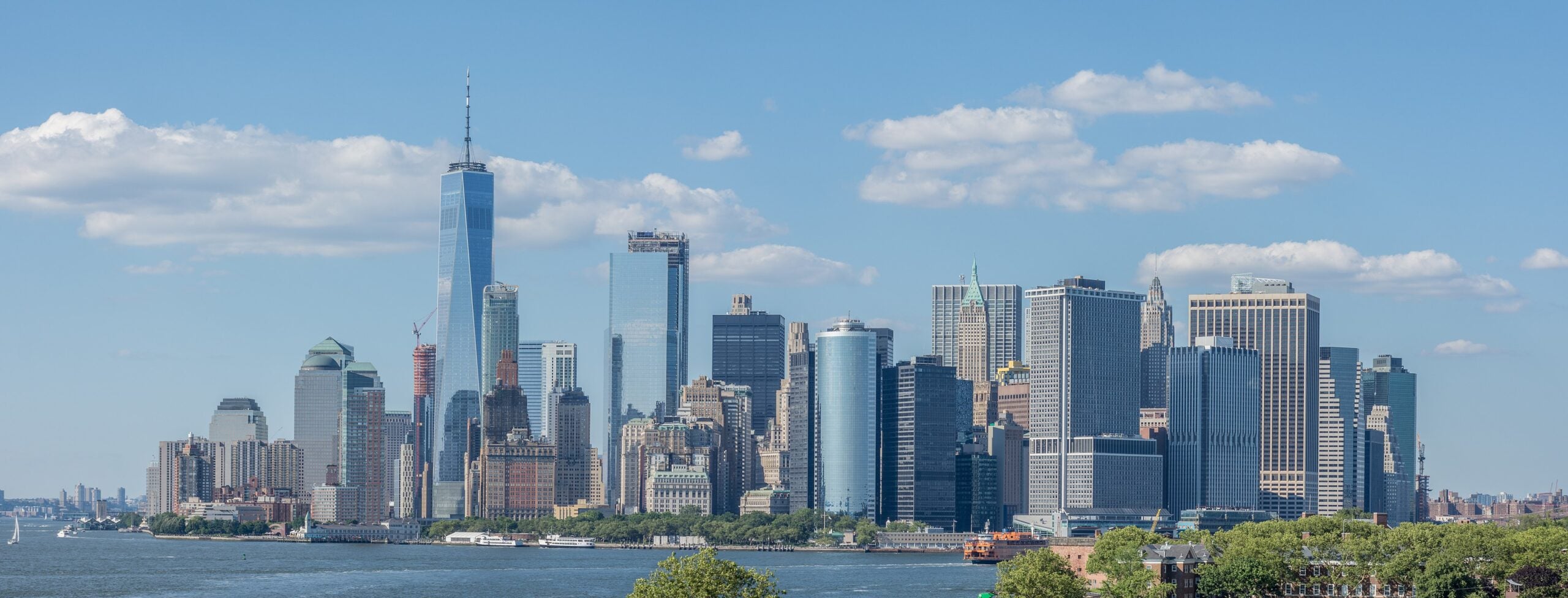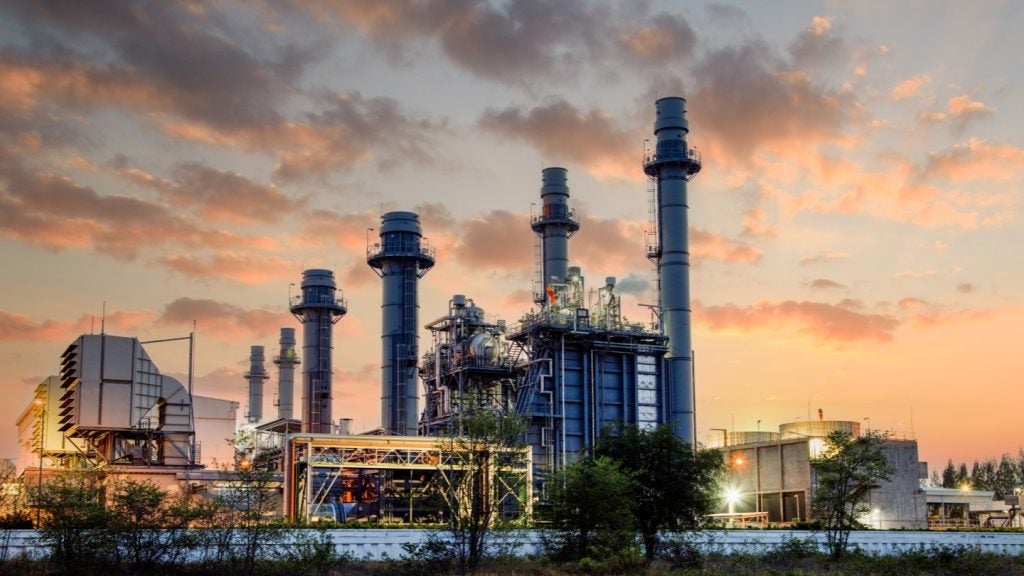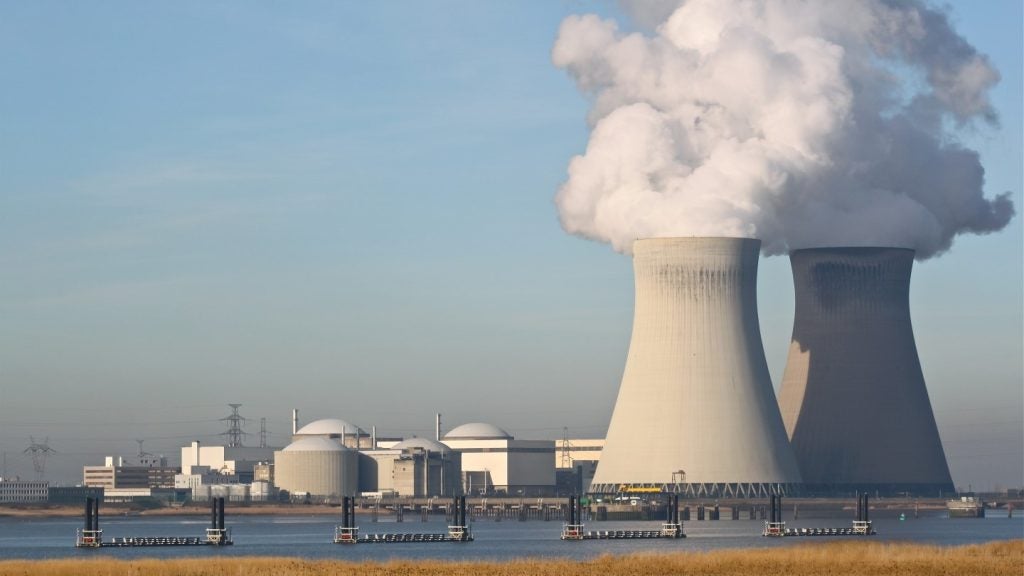
Tidal energy works by converting the movement of the tides, in areas with a significant tidal range, into electricity. Despite the relative predictability of tides however, this type of energy production is still in its infancy.
In October 2020, New York-based marine renewable energy start-up Verdant Power made headway, installing three tidal power turbine generators in the city’s East River tidal strait as part of the company’s 5th generation tidal turbine system. The deployment of Verdant’s technology also marked the first licensed tidal power project in the US.
Verdant has already secured $6m in funding for the project, as well as support from the US Department of Energy and the New York State Energy Research and Development Authority, in addition to New York-based private equity capital support. The company is also waiting for an independent performance assessment from the European Marine Energy Centre (EMEC) tidal testing facility to deploy the technology outside of the US.
Verdant’s Roosevelt Island Tidal Energy project
New York City is now closer than it has ever been to seeing tidal power injected into its local grid, with Verdant’s Roosevelt Island Tidal Energy (RITE) project expected to have a significant impact on the Big Apple‘s renewables goals.
Verdant Power co-founder and chief marketing officer Trey Taylor says: “Given the East River’s depth and tidal current speed of 2.25m/s, the company’s fifth-generation system or ‘commercial standard system’ has been tailored to this site by using five-metre diameter rotors with 35kW nameplate generators – three to a single TriFrame or 105kW. Since installation on 22 October, the TriFrame has generated an average 1MWh per day or enough power for 500 Manhattan apartments.”
The RITE project demonstration featured three Gen5 turbines, which were transported from the company’s New Jersey marine engineering support service facility to a service area for marine vessel installation. They have been integrated onto a TriFrame mount in preparation for on-water delivery and deployment at the RITE project site.
How well do you really know your competitors?
Access the most comprehensive Company Profiles on the market, powered by GlobalData. Save hours of research. Gain competitive edge.

Thank you!
Your download email will arrive shortly
Not ready to buy yet? Download a free sample
We are confident about the unique quality of our Company Profiles. However, we want you to make the most beneficial decision for your business, so we offer a free sample that you can download by submitting the below form
By GlobalDataThis demonstration is a big step along the path to global commercialisation and profitable commercial operations. The pre-commercial demonstration aims to optimise the economics of installation and maintenance over the system’s 20-year life and prove its efficient performance.
The New York-based startup has held a Federal Energy Regulatory Commission license for nearly a decade to install up to a megawatt of tidal power in New York City, enough for thirty of its 35kW turbines mounted on ten TriFrames, but the company is taking it one step at a time.
Following the demonstration of the RITE generator, Verdant’s project is currently under review for technological certification by EMEC for deployment outside the US..
Taylor says: “EMEC will be assessing the power performance of the company’s turbines, which will serve as the first system to be assessed by EMEC as a Renewable Energy Testing Laboratory, and receiving an internationally recognised Renewable Energy Test Report, verifying compliance with formulated international standards.
“This will help bring Verdant’s system to technology readiness level 8, which is system commissioning – actual system completed and qualified through test and demonstration. It also will serve to underscore buyer, financial, and insurance confidence in the company’s system.”
Verdant’s contribution to the energy mix
The project is designed to add a small but novel source of clean electricity to Roosevelt Island through a distributed generation connection to Con Edison’s local grid generation.
Of all the energy consumed in New York State, only 28.1% comes from renewable sources, demonstrating New York City’s, and the state’s, urgent need for renewable energy generation.
According to Pieter Schaffels, global head of media relations at Norwegian risk management company DNV GL, the addition of tidal power is a smart approach to the city’s energy grid, “due to its predictability, it can provide a better management of renewables into the grid”.
Tidal stream generation also has good potential to support current and future climate change actions.
“Compared with wind and solar, the availability of tidal sites is relatively small as they are areas that require high current speeds to operate. There are some technologies that operate in a much lower range of current speeds and they will significantly extend the potential areas that can be used to convert energy from tidal sites,” Schaffels says.
“Even with this caveat, a tidal energy business is worthwhile to pursue. The contribution to jobs for the supply chain, manufacturing, construction, and maintenance is not irrelevant and may have a large impact in the areas near the tidal resources.”
Despite its success, Verdant’s grand plans for deployment will likely face the challenges already familiar to the tidal power generation industry worldwide.
Looking at existing tidal energy projects, the amount of power produced so far has been relatively small, with very few commercial-sized tidal power plants operating in the world.
Some of the possible challenges for Verdant, and other next-generation renewable energy technologies, are that it takes 10-12 years on average to bring a working prototype to commercialisation and such projects often find it difficult to compete against more affordable wind and solar technologies.
According to the company, Verdant is targeting a $140 per MWh levelised cost of energy and installed cost of $3m per MW once it reaches around 400MW of installed capacity, dropping to $100 per MWh and $2.2m per MW at 2GW.
However, it might take years before the tidal energy sector reaches 2GW of installed capacity. Even if this turns into reality sooner rather than later, Verdant’s projected costs are still far higher than levelised costs of wind and solar, which dropped to $26 and $29 per MWh, respectively, in 2019.
Future development
Subject to certification and as part of its future development strategy, Verdant also plans to deploy two full-size arrays, equipped with 10m-diameter blades instead of the current five-metre models, off the coast of Wales, UK with the hope to eventually deploy a 30MW tidal farm.
Taylor says: “Verdant Power’s next steps are to scale to 10m-diameter rotors with 333kW nameplate generators – three to a single TriFrame or 1MW for the Morlais demonstration zone in West Anglesey, Wales. The company’s plans are to have two of these TriFrames or 2MW deployed in the zone by no later than 2024.”
Deployment of the full-scale machines at the West Anglesey Tidal Demonstration Zone in Wales is dependent on attracting further revenue support. However, if funded, the development of a tidal project in the area could contribute to Wales’ energy generation, help cut the country’s carbon dioxide emissions, provide coastal protection against rising sea levels, and ensure grid stability.
Despite well-known challenges looming ahead of the tidal energy sector, Verdant’s progress so far goes to demonstrate that there are indeed high hopes for the commercial deployment of more tidal technologies, especially in areas that lack other renewable options.
In addition, ventures such as this are praised for being in line with New York’s climate goals to obtain 70% of the state’s power from renewable sources by 2030 and 100% from clean sources by 2040, as pledged by New York Governor Andrew Cuomo in 2019.





